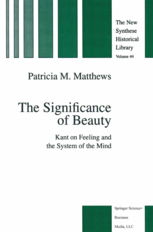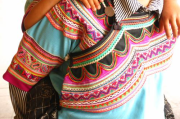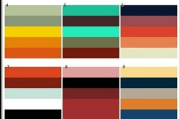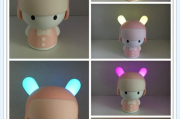
The Historical Significance of Chinese Traditional Clothing
Chinese traditional clothing, such as the Hanfu, Cheongsam, and Qipao, is not just everyday wear but also a reflection of the social structure, philosophy, and aesthetics of ancient China. Each piece of clothing tells a story and represents the historical and cultural identity of the Chinese people.
Styles and Designs of Traditional Chinese Costumes
The designs of traditional Chinese clothing are characterized by their flowing lines, elegant patterns, and symbolic motifs. The use of silk and other natural fibers, along with intricate embroidery, showcases the exquisite craftsmanship of Chinese artisans.
Evolution of Chinese Traditional Clothing in Modern Society
With the influence of modern fashion, traditional Chinese clothing has evolved while still preserving its roots. Contemporary designers often incorporate traditional elements into modern wear, creating a fusion that appeals to both young and old.
Cultural Influences on Traditional Chinese Fashion
Chinese traditional clothing is deeply influenced by Confucianism, Taoism, and Buddhism. The philosophy of these religions and ideologies is evident in the modesty, simplicity, and harmony of the designs.
Symbolism in Chinese Traditional Costumes
Many symbols found in traditional Chinese clothing have specific meanings, such as the dragon representing imperial power and the phoenix symbolizing prosperity and peace. These symbols often convey wishes for good fortune and longevity.
The Role of Traditional Clothing in Festivals and Celebrations
Traditional Chinese clothing plays a significant role in festivals like the Chinese New Year and the Dragon Boat Festival. Wearing traditional attire during these celebrations pays homage to cultural heritage and strengthens cultural identity.
In conclusion, traditional Chinese clothing is more than just a fashion statement; it is a window into China's rich cultural history. As we continue to appreciate and preserve these garments, we also honor the legacy of Chinese craftsmanship and heritage.










评论列表